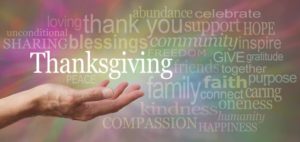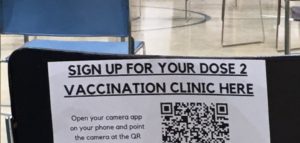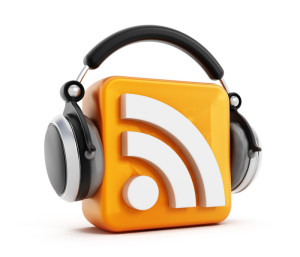I’m challenged to write something brand new on gratitude this Thanksgiving week even though this has been a far better year than 2020. At the same time, it has not been as positive and as “back to normal” as we had all hoped as COVID cases surged over the summer. So, I went back to my 2020 post to see how I had reflected on gratitude a year ago at a time when we weren’t gathering as families the same as we are now. I share it again here as some things haven’t changed.
we had all hoped as COVID cases surged over the summer. So, I went back to my 2020 post to see how I had reflected on gratitude a year ago at a time when we weren’t gathering as families the same as we are now. I share it again here as some things haven’t changed.
We celebrated Thanksgiving with our immediate family this past Sunday at our new house. My two daughters, their husbands, and four grandkids. One of my daughters has in-laws in Florida so she and her family will travel there for the holiday. We now live within half hour of our other daughter and her in-laws live near her. We will celebrate with all of them on Thanksgiving as we have done many years in the past.
While my husband is a retired Unitarian Universalist minister, if I suggest we say something before dinner at a special family gathering, he will often pass it over to me. This year it was simple. I asked everyone to hold hands (as the grandkids wondered what I was doing) and I commented on family being together again and that I was thankful for each and every one of them as I looked each one in the eye around the table. The adults know they are my “big rocks” as Stephen Covey would describe. And someday the grandkids will understand that as well.
Being together with family says it all. I am truly grateful that we didn’t lose anyone to COVID, that we are fully vaccinated and that we can all be together again.
May you share similar love and gratitude with those closest to you this Thanksgiving 2021. As my StarBridge Advisors colleague, David Muntz, likes to say – “let the season of gratitude begin”.
Related Posts:
Treasuring family after a long year








